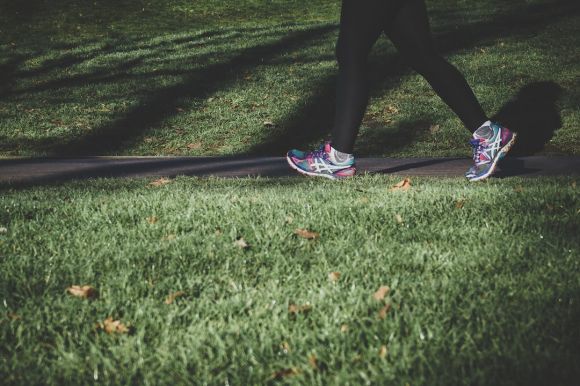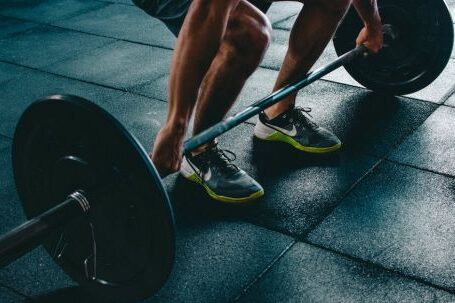The pull-up is a classic exercise that has been a staple in strength training for decades. It is a challenging movement that targets multiple muscles in the upper body, including the back, arms, and shoulders. However, many people struggle to perform a proper pull-up due to poor technique. In this article, we will discuss the key elements of a perfect pull-up and provide tips on how to master this exercise.
The Importance of Proper Technique
Before diving into the specifics of a pull-up, it is essential to understand why proper technique is crucial. Performing a pull-up with improper form not only diminishes its effectiveness but also increases the risk of injury. By mastering the correct technique, you can maximize your gains and minimize the chances of straining or injuring your muscles.
The Starting Position
To begin a pull-up, grab the pull-up bar with an overhand grip, slightly wider than shoulder-width apart. Hang from the bar with your arms fully extended and your body relaxed. This starting position is crucial for generating the necessary momentum and engaging the correct muscles.
Engage Your Core
Before initiating the pull-up, engage your core muscles by squeezing your abs and glutes. This activation creates stability and prevents excessive swinging or arching of the back during the exercise.
The Pull-Up Motion
As you start to pull yourself up, focus on using your back muscles rather than relying solely on your arms. Imagine pulling your shoulder blades down and together as you lift your body towards the bar. This technique ensures that the targeted muscles are properly activated and allows for a smoother and more controlled movement.
Maintain Proper Body Alignment
Throughout the pull-up, it is essential to maintain proper body alignment. Avoid swinging or using momentum to complete the exercise. Keep your body straight and avoid kicking your legs or arching your back. Maintaining a straight line from your head to your heels will ensure that the correct muscles are being engaged and that the exercise is performed efficiently.
The Descent
After reaching the top of the pull-up, slowly lower yourself back to the starting position. Control the descent and avoid simply dropping down. This negative portion of the exercise is just as important as the upward motion and helps to build strength and muscle endurance.
Progression Tips
If you are new to pull-ups or find them challenging, there are several progression tips that can help you build strength and improve your technique.
Assisted Pull-ups: Use a resistance band or an assisted pull-up machine to reduce the weight you must lift. This allows you to focus on proper form while gradually increasing the intensity.
Negative Pull-ups: Start at the top position of the pull-up and slowly lower yourself down. This eccentric movement helps to build strength in the muscles necessary for completing a full pull-up.
Isometric Holds: Practice holding yourself at various points in the pull-up motion. This technique helps to build strength and stability in the muscles used during the exercise.
Conclusion
Mastering the pull-up requires proper technique and consistent practice. By focusing on the key elements discussed in this article and incorporating progression tips into your training routine, you can gradually improve your pull-up performance. Remember, Rome wasn’t built in a day, and neither is a perfect pull-up. Stay patient, stay consistent, and enjoy the journey of mastering this challenging yet rewarding exercise.





